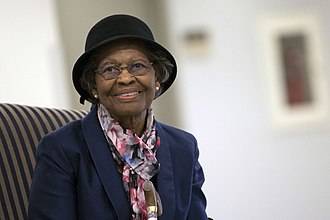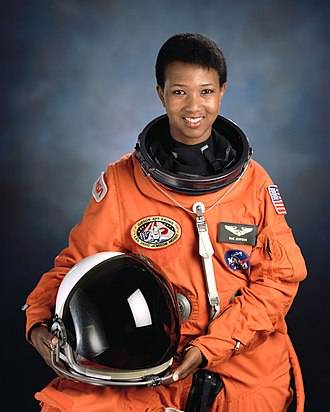
Black History Month: Celebrating Scientists
In February we celebrate the African
diaspora including African-American history. Follow Eureka in its month-long
salute to black scientists, starting with pioneers in mathematical modeling and
space science
Gladys West: She Directed Us to GPS

Many of us have GPS receivers in our phones
and cars and watches to help us identify our exact location and, more
importantly, get us to where we want to go. But GPS—short for Global
Positioning System—was actually invented by the Department of Defense to ensure
a robust, stable satellite navigation system would be available. And they
wouldn’t have been able to do it were it not for Dr. Gladys West. Gladys, born
Gladys Mae Brown in Sutherland, Virginia, came from a family of sharecroppers
in the state’s tobacco region. Her father also worked for the railroad. Gladys,
adamant about pursuing an education, graduated valedictorian of her class, an
honor that also earned her a full scholarship to Virginia State College, an
historically black public university. Gladys graduated with a degree in
mathematics and after briefly teaching took a job as a programmer at the Naval
Proving Ground in Dahlgren, Virginia, where she was only the second black woman
hired and one of only four black employees. Gladys participated in an
award-winning astronomical study that proved the regularity of Pluto’s motion
relative to Neptune, but it was her work programming an IBM 730 Stretch
computer to deliver increasingly precise calculations to model the shape of the
Earth that earned her notoriety. The computer model ultimately became the basis
for GPS. Gladys retired from Dahlgren in 1998, but she wasn’t done yet. She
went on to complete a PhD in public administration from Virginia Tech. In 2018,
West was inducted into the United States Air Force Hall of Fame, one of the
highest honors bestowed on Air Force Space Command. West said she had no idea
the work she did at Dahlgren would affect so many. “When you’re working every
day, you’re not thinking, 'What impact is this going to have on the world?'
You're thinking, 'I've got to get this right.’”
Mae Jemison’s Space Odyssey

When she was little, Mae Jemison used to
watch telecasts of the Apollo and Gemini flights from her South Side, Chicago
living room, thinking that space flight was her destiny. At age 35, Jemison,
realized her dream when she launched into orbit on the Shuttle Endeavor in
1992, marking the first time a black woman flew to outer space. Mae had boldly
gone where no black woman had been before. During her 190 hours in space,
Jemison helped carry out two experiments on bone cells, and an investigation
into how tadpoles develop in zero gravity. Throughout the eight day
mission, she began communications on her shift with the salute "Hailing
frequencies open", a quote from Star Trek.
Mae was born in Georgia but grew up in Illinois. The youngest child of Charlie Jemison, a maintenance supervisor for a charity organization, and Dorothy Jemison, an elementary school teacher, Mae spent a lot of time in libraries absorbing books on astronomy. She majored in chemical engineering, and African and African American Studies at Stanford University, earned a medical degree from Cornell, then spent several years in the Peace Corps, primarily in Sierra Leone and Liberia. She applied to the space program in 1986. Jemison left NASA in 1993 and founded a technology research company. She later formed a non-profit educational foundation and through the foundation is the principal of the 100 Year Starship project funded by the US government.

